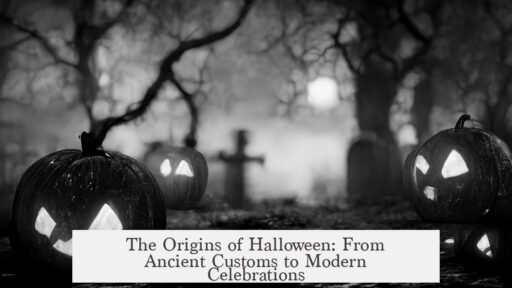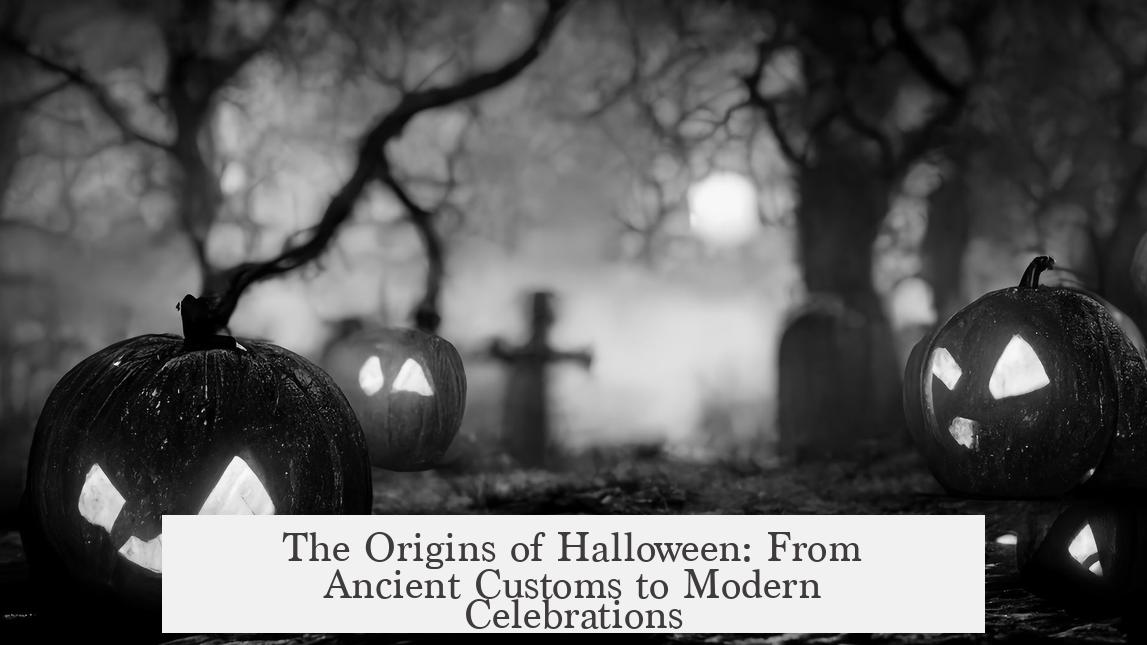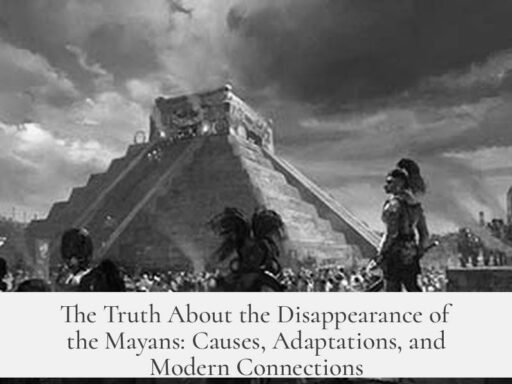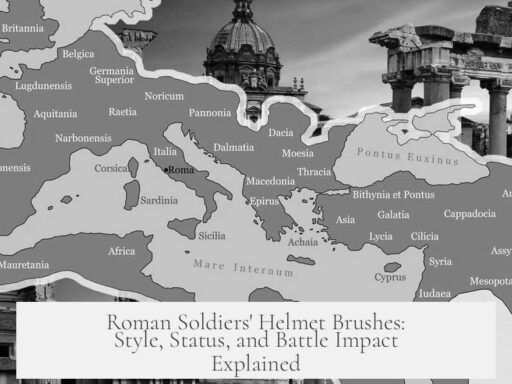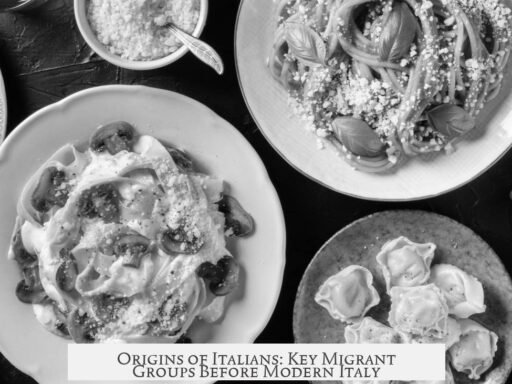The origins of Halloween trace back to ancient traditions, with the Scottish practice of guising playing a key role. In Scotland, guising involves children dressing in costumes and visiting neighbors. They perform a poem, joke, or song in exchange for treats. This tradition closely resembles today’s trick-or-treat custom but has distinct roots.
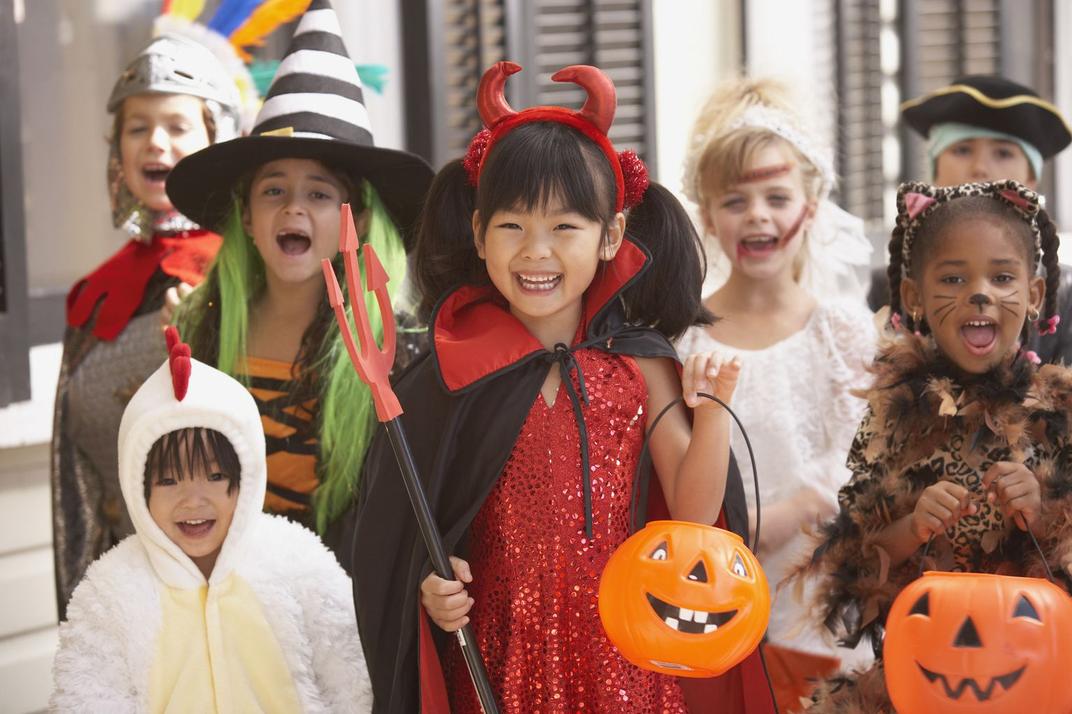
Guising appears as a community activity focused on performance and reward. Unlike the English custom “Penny for the Guy,” which centered on creating effigies of Guy Fawkes and soliciting money, guising focuses on entertainment and treats. The difference marks unique social customs within the British Isles during autumn festivities.
The question remains whether Scottish settlers introduced guising to America or if similar traditions developed independently. Evidence suggests immigrants from Scotland influenced Halloween celebrations in North America. The blend of Celtic festivals, especially Samhain, mixed with European customs, formed the modern Halloween we recognize today.
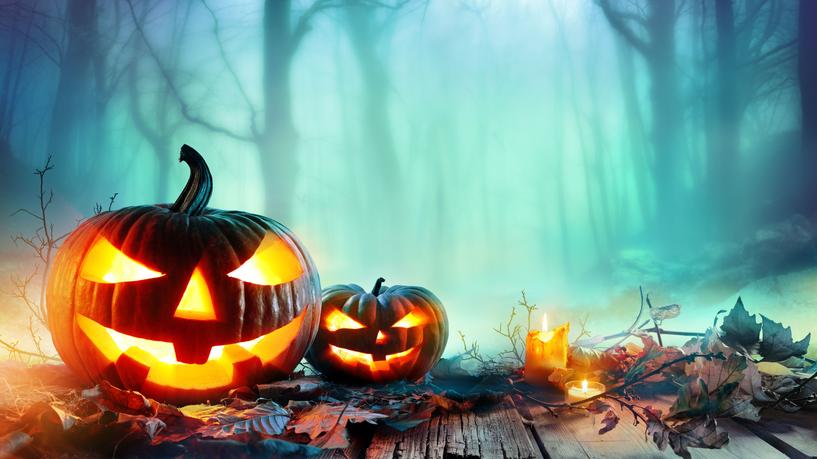
Guising’s emphasis on costume and exchange is a precursor to the widespread tradition of trick-or-treating. The practice involved children actively engaging neighbors in a ritual to receive candies or small gifts. This interaction was socially significant, fostering community ties during a time associated with the end of harvest and the beginning of darker months.
| Aspect | Guising (Scotland) | Trick or Treat (Modern) |
|---|---|---|
| Activity | Children perform poems, jokes, or songs | Children ask for candies |
| Costumes | Yes | Yes |
| Purpose | Entertainment and reward | Community interaction and treats |
| Origin Region | Scotland | North America (influenced by European customs) |
Overall, guising embodies an early form of Halloween celebration that shaped today’s customs. It reinforces Halloween’s roots in community and ritual. Understanding guising clarifies how regional traditions influence modern holidays globally.
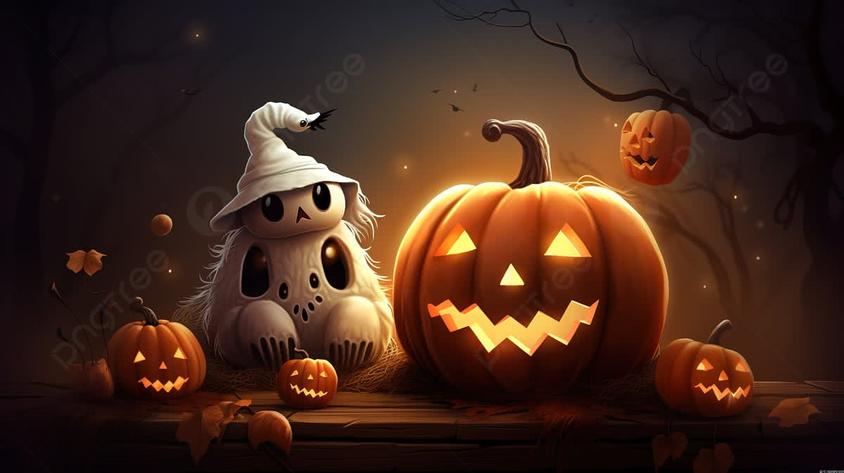
- Guising is a Scottish costume and performance tradition for treats.
- Distinct from England’s “Penny for the Guy” custom.
- Likely influenced Halloween customs in America through settlers.
- Highlights Halloween’s evolution from community rituals to modern celebrations.
🎃 The Origins Of Halloween 🎃
Halloween traces back to ancient traditions, but its precise origins are tangled in fascinating customs like Scotland’s guising and the mysterious festival of Samhain. Let’s unravel these threads and see how they stitch together the Halloween we know today.
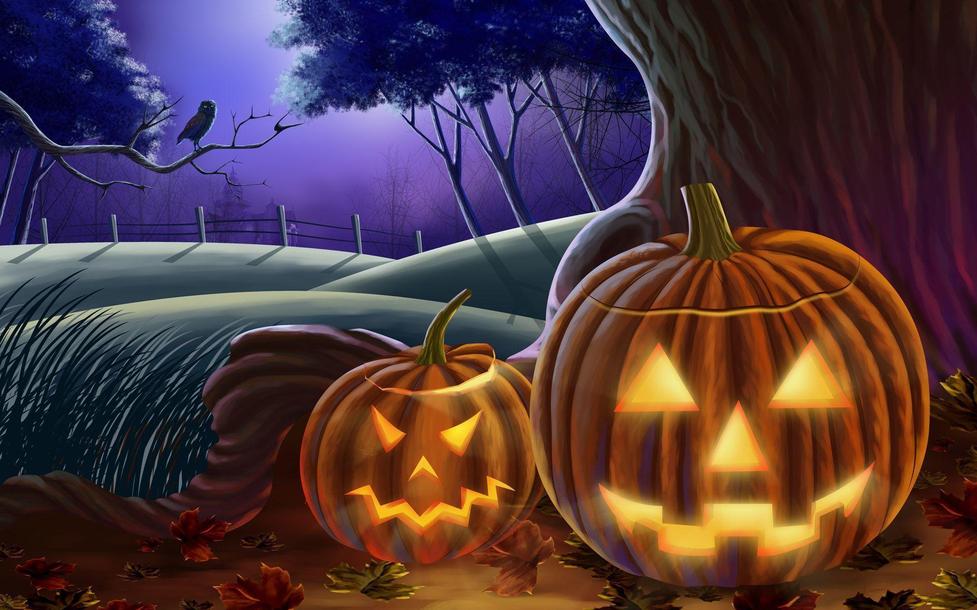
The Scottish Art of Guising: The Original Trick-or-Treat?
Imagine kids in Scotland donning costumes, not just for fun but to perform poems, jokes, or songs at neighbors’ doors in exchange for treats. This charming tradition is called Guising. Instead of merely asking for candy, these children offered a little entertainment. If they pleased their audience, they earned their rewards.
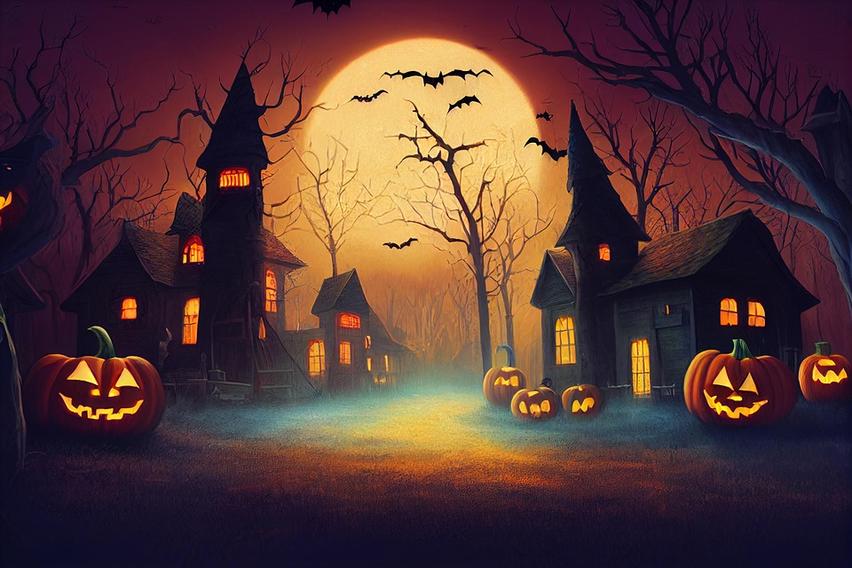
Now, *does that sound” familiar? It’s remarkably similar to modern trick-or-treating in America. But here’s the kicker: no one quite knows which came first or whether they influenced each other.
There’s also “penny for the guy,” a different English tradition where kids collected money to burn effigies of political figures. Guising remained separate from that practice, firmly rooted in Scotland. But how did guising jump across the pond? Did Scottish settlers bring it to America, or did similar practices evolve independently? That question still flickers like a jack-o’-lantern, unanswered but intriguing.
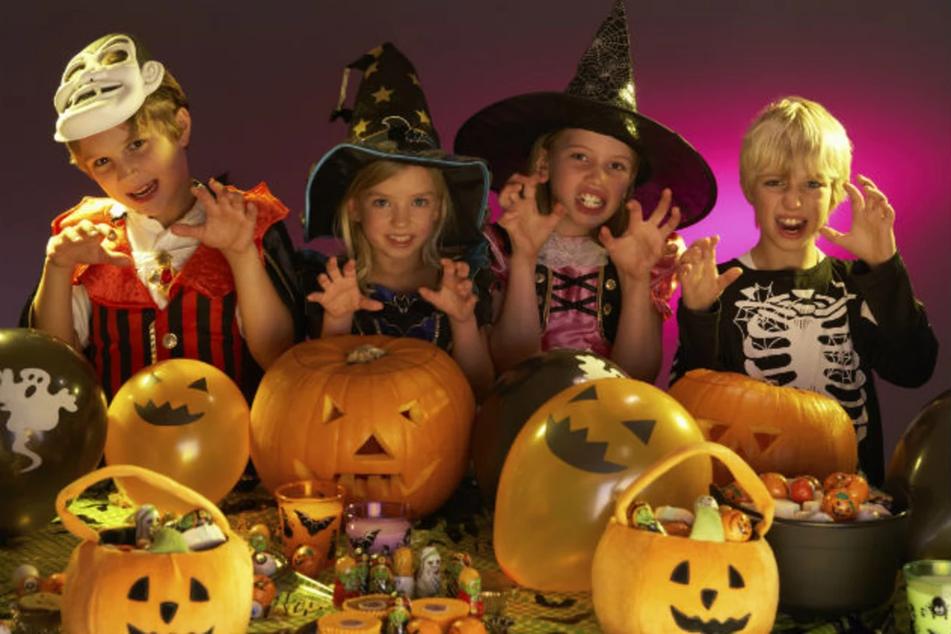
The Mystery of Samhain’s Spelling and Its Meaning
Let’s switch gears and talk about the festival that predates Halloween itself: Samhain. Pronounced roughly as “Sowen,” this Gaelic word refers to an ancient Celtic festival marking the end of the harvest and the beginning of winter—a time when the veil between worlds supposedly thinned.
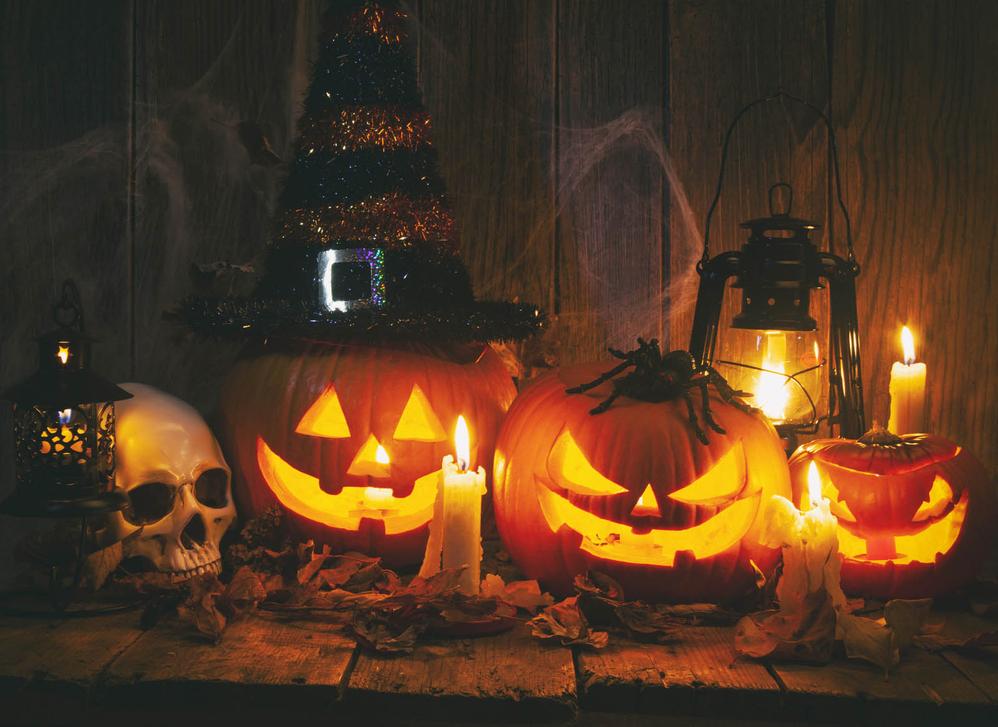
The confusion starts with the spelling. Why spell it “Samhain” if it sounds nothing like it? Wouldn’t “Sowen” make more sense? You’re not alone wondering about this oddity.
The historical answer is tangled in language shifts. Gaelic didn’t adopt the Roman alphabet until the 8th century, yet the spelling “Samhain” stuck. Some argue English speakers could have simplified it, much like the often confounding Wade-Giles system of Romanized Chinese.
The irony is that while “Samhain” keeps its ancient spelling, most people today never pronounce it correctly. But the essence remains, linking Halloween with roots deep in Celtic lore—reminding us that language and tradition don’t always follow easy rules.
The Old Meets The New: How Ancient Customs Shape Today’s Halloween
So, we’ve touched on guising and Samhain. But why does Halloween feel like such a strange mix of spooky fun, tradition, and folklore?
- Samhain: Celebrated by Celts as a mystical turning point, where the boundary between the living and the dead blurred. They lit bonfires and wore costumes to ward off roaming spirits.
- Guising: The Scottish tradition of costume-wearing and performing for treats, probably echoing the Samhain roots in a fun, neighborly way.
- Trick-or-Treat: Possibly derived from both. The entertainment-for-treat practice of guising merged with the idea of protecting oneself from bad spirits through costumes and pranks.
Think about it! Wearing costumes started as a way to fool ghosts, but evolved into kids standing in front of your door reciting rhymes or joking for candy. That’s quite the transformation through centuries.
Practical Tips: How Knowing Halloween’s Origins Can Enrich Your Celebration
Next time you toss your kids in costumes and send them off to the neighborhood, share a little history. Explain how they’re echoing ancient rites—whether unknowingly scaring off spirits or charming neighbors with jokes like the old Scottish guisers.
- Try reviving the guising practice by encouraging kids to perform a short poem or joke instead of just saying “trick or treat.”
- Host a small bonfire night and share stories about Samhain’s significance in stopping spirits from visiting.
- Experiment with traditional Celtic recipes or decorations to honor the festival’s roots.
Understanding these origins adds depth. Halloween is more than candy and costumes. It’s a living tradition born from centuries of human hopes, fears, and creativity. That old festival light shines brightly through every jack-o’-lantern flicker and every chuckle from costumed kids.
Why Does Halloween Still Captivate Us?
Halloween blends different strands: ancient rituals like Samhain, European customs like guising, and modern celebrations evolving rapidly. This mix keeps it fresh yet grounded in history.
Whether you prefer decorating spooky houses, carving pumpkins, or indulging in candy, Halloween carries a secret magic. It connects past to present while inviting us to play with our fears and imagination.
And here’s a question for you: What would you do if you had to perform a poem or a joke tonight for your treat? Could a little guising revival add a spark to your modern Halloween?
In Conclusion
Halloween is a patchwork of traditions, and guising from Scotland and the ancient festival of Samhain are central pieces. These customs offer intriguing insights about our love for costumes, spooky tales, and treats. Understanding them makes Halloween more than just a holiday—it makes it a vibrant story of human culture, creativity, and connection across time.
So whether you’re chomping on candy or telling ghost stories by a fire, remember the layers of history beneath the fun. That adds some serious flavor to your Halloween night!
